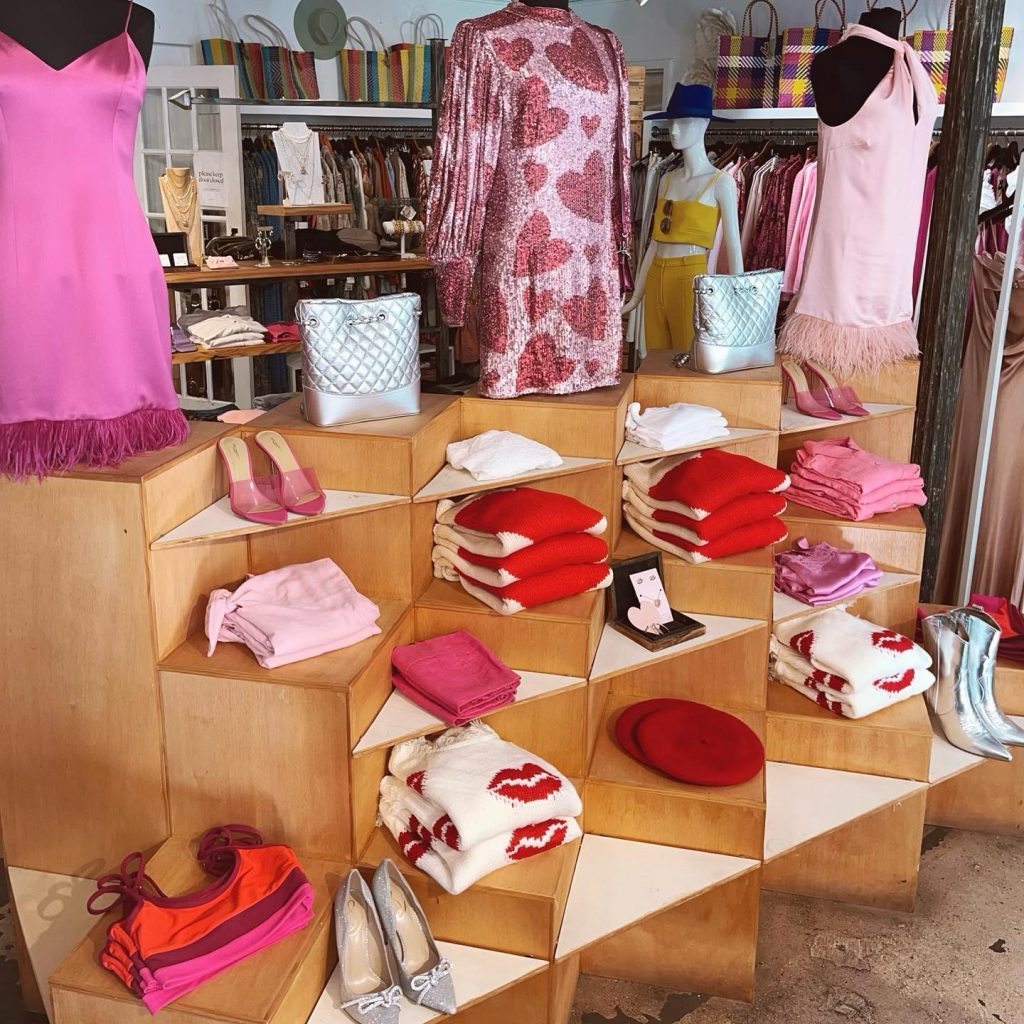Discovering the World of Lasting Boutique Fashion Brands
Wiki Article
A Deep Dive Into the World of High-Fashion Runways: Understanding Clothing as Art
High-fashion paths have emerged as fields where clothes transcends its practical origins, developing right into an advanced form of artistic expression. Developers, much like masterful artists, weave intricate narratives via textile, form, and shade, challenging traditional standards and redefining beauty criteria. These programs are greater than simple displays; they are immersive experiences, where every stitch and joint narrates rich with social value and progressive innovation. As we explore these sartorial eyeglasses, we must contemplate: what role does style play in shaping societal values, and how does it show the ever-changing tapestry of human feeling and identification?The Advancement of Runway Shows
The trajectory of path shows has changed significantly over the decades, progressing from special sector occasions to fascinating spectacles that blend style with art. Commonly, path shows were intimate events, kept in ateliers or small locations, mostly participated in by customers and sector experts. These very early presentations concentrated on the garments' craftsmanship and industrial stability, supplying a straight and useful display screen of seasonal collections.As the style market broadened, the nature of path programs began to alter. The 1970s and 1980s marked a transforming point, with designers looking for to differentiate themselves via even more staged discussions.
In current years, technology and social media have better transformed runway programs, making them obtainable to a worldwide audience. Livestreaming and digital systems have actually democratized fashion, enabling lovers worldwide to witness these occasions in real-time (boutique fashion). This advancement reflects a broader cultural change, where high-fashion runways work as a dynamic crossway of innovation, performance, and style
Designers as Dreamer Artists
Designers in the high-fashion market have actually blurred the lines in between functional garment creation and the conceptual world of art. By accepting artistic disciplines such as sculpture, paint, and avant-garde installations, developers craft garments that test standard fashion norms and elevate them to art types.Visionary developers draw inspiration from a myriad of resources, including abstract art, historical recommendations, and personal stories. They possess a distinct capacity to picture and appear concepts that push the borders of conventional fashion, commonly redefining visual standards while doing so. This creative ingenuity is showcased through remarkable silhouettes, innovative products, and complex workmanship, which invite visitors to experience style as greater than just wearable things.
Furthermore, the runway functions as a canvas for these musicians, where lighting, music, and set style coalesce to produce immersive experiences. These presentations are not just screens of garments however are managed efficiencies that stimulate feeling and provoke idea, verifying the designer's function as a true musician in the modern cultural landscape.
Social Influences in Style
Cultural tapestry weaves its elaborate patterns into the fabric of style, affecting designers around the world. The dynamic interchange of cultural tales, customs, and signs informs and influences collections that poise high-fashion runways.The impact of culture on fashion is commonly seen in the reinterpretation of typical garments and patterns. As an example, making use of Japanese kimonos, Indian saris, or African prints in contemporary style reflects a blend of social credibility and contemporary aesthetics. Designers such as Valentino's Pierpaolo Piccioli and Alexander McQueen's Sarah Burton have been understood to incorporate rich social themes into their couture collections, equating background into wearable art.

Development in Material and Style
Advancement in textile and design constantly improves the landscape of high-fashion, pressing limits and redefining possibilities. In the last few years, technical innovations have actually substantially contributed to this advancement, presenting materials that challenge standard assumptions. Textiles embedded with wise fibers, efficient in transforming shade or controling temperature, are no longer restricted to the world of scientific research fiction. Designers are progressively checking out the integration of innovation, such as 3D printing, which enables for the creation of complicated frameworks that were previously unthinkable.Moreover, sustainability has become a crucial motif in material advancement. The garment industry is seeing a rise in the usage of eco-friendly products, originated from recycled plastics, organic fibers, and even eco-friendly parts. These advancements not only offer new appearances and appearances yet also address vital ecological worries. Designers are welcoming these products to craft garments that are both aesthetically striking and aware of their eco-friendly footprint.
see here now In terms of style, progressive silhouettes and speculative kinds are continually reinventing the path. By integrating unconventional materials and innovative methods, developers cultivate garments that obscure the line in between style and art, establishing new criteria for creative thinking and expression in the high-fashion round.
Effect of Style on Culture
Style possesses a profound impact on culture, serving as both a representation of social identity and a driver for social adjustment (boutique fashion). With its development, style has actually mirrored societal changes, encapsulating the zeitgeist of different eras.In addition, style has the power to bridge social gaps, promoting understanding and gratitude amongst varied groups. As globalisation accelerates, the cross-cultural exchange of style concepts becomes progressively significant, promoting inclusivity and variety. The increase of streetwear, stemming from metropolitan subcultures, highlights just how fashion can transcend socio-economic boundaries, providing people a way of self-expression and empowerment.
Fundamentally, fashion is not merely concerning visual appeals; it is a dynamic force that influences worths, perspectives, and social progress (boutique fashion). By constantly communicating with social and social currents, fashion continues to be an integral component of the collective human experience

Final Thought
Designers, comparable to visionary artists, orchestrate collections that reflect identity, feeling, and cultural narratives, challenging traditional visual appeals. This crossway of style and virtuosity not only mesmerizes audiences globally however get more also affects social understandings and promotes a much deeper recognition for social variety.
Cultural tapestry weaves its detailed patterns into the fabric of fashion, influencing developers globally.Fashion possesses a profound influence on culture, serving as both a reflection of cultural identification and a stimulant for social change.
Report this wiki page